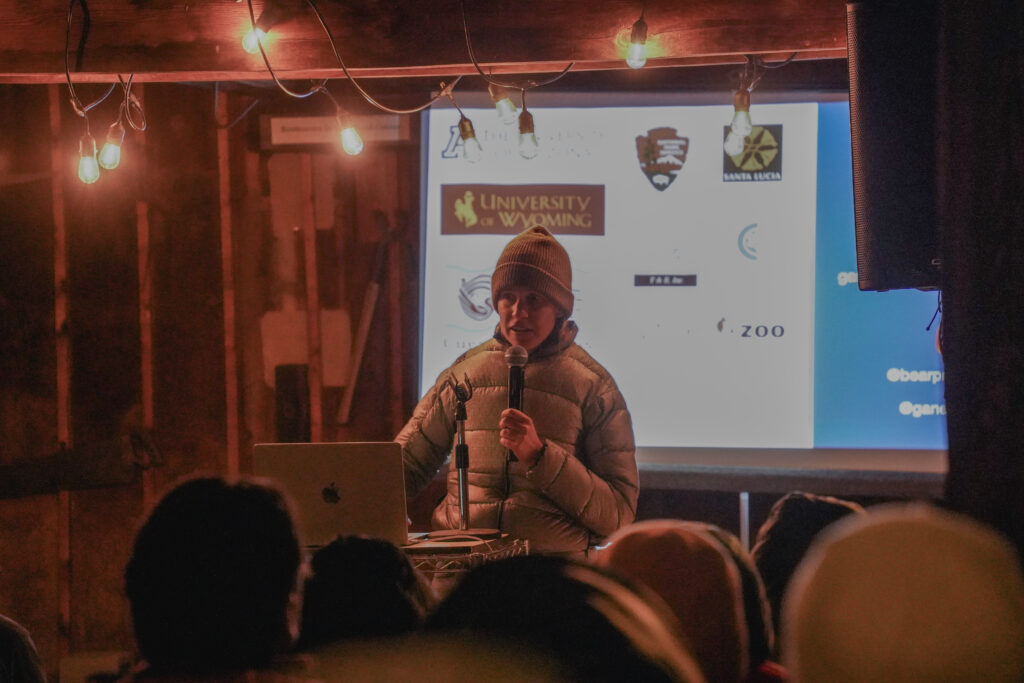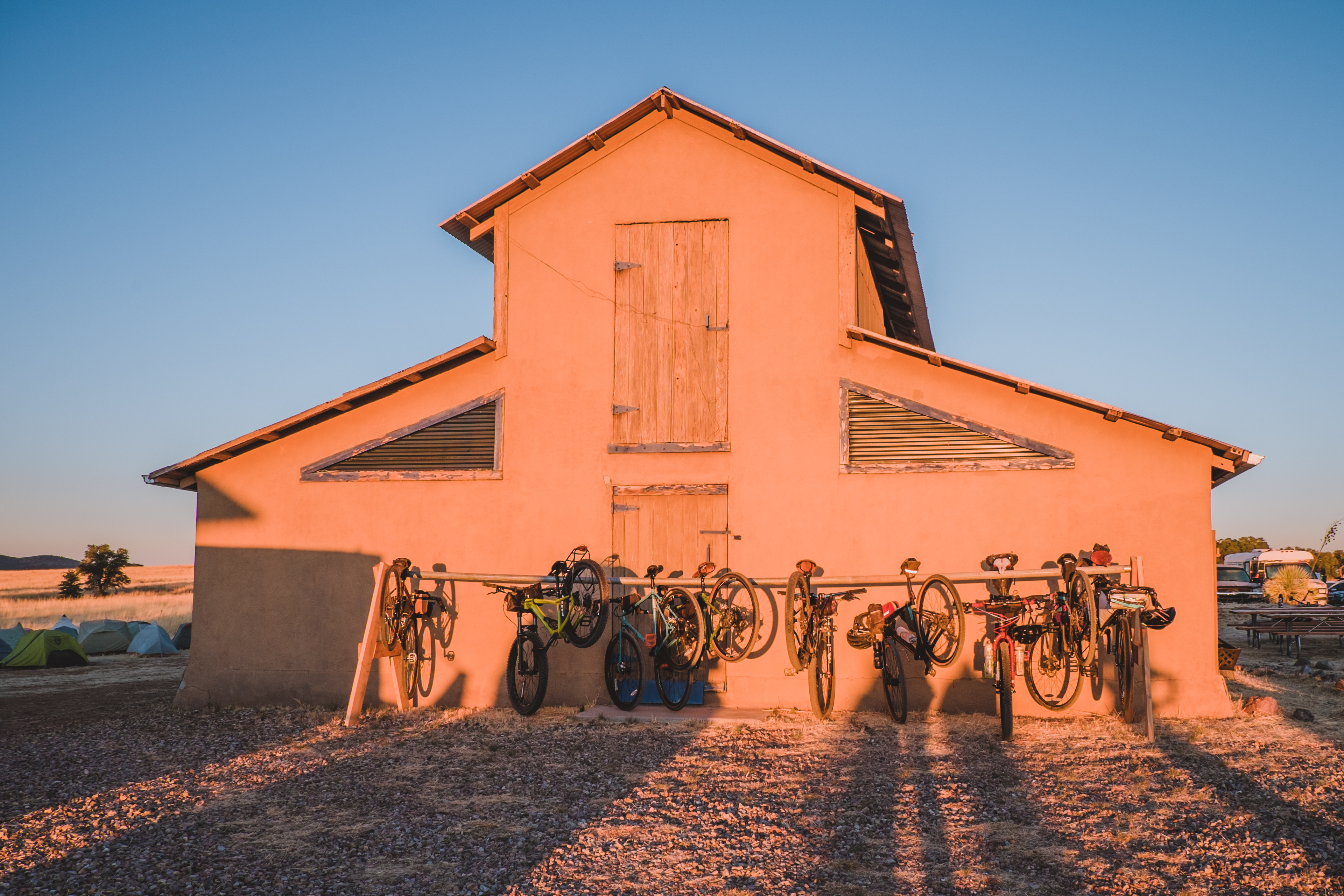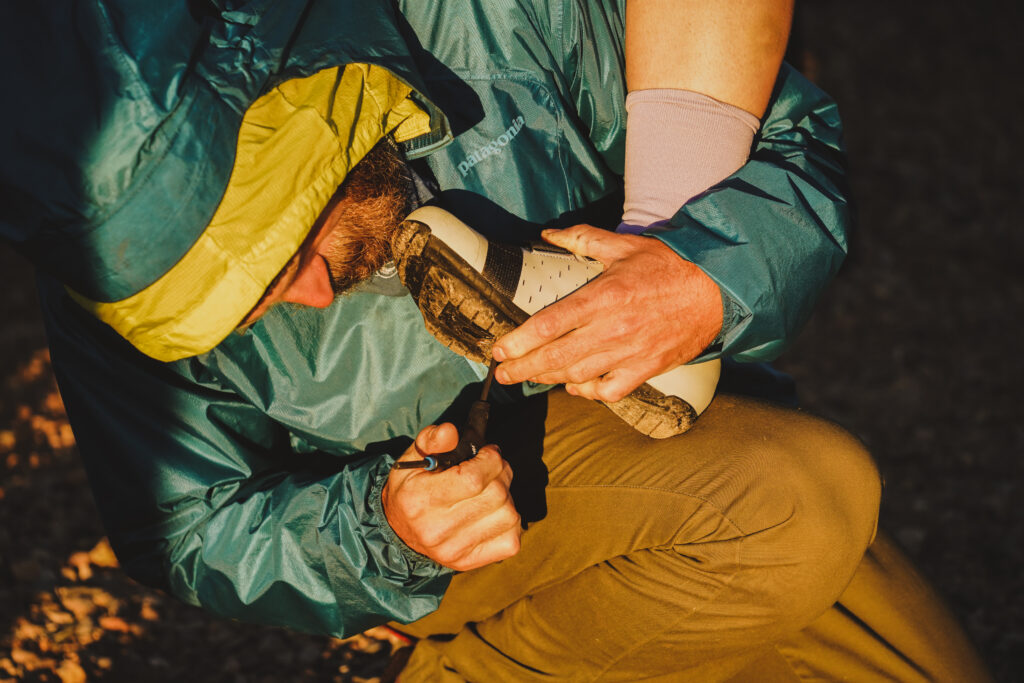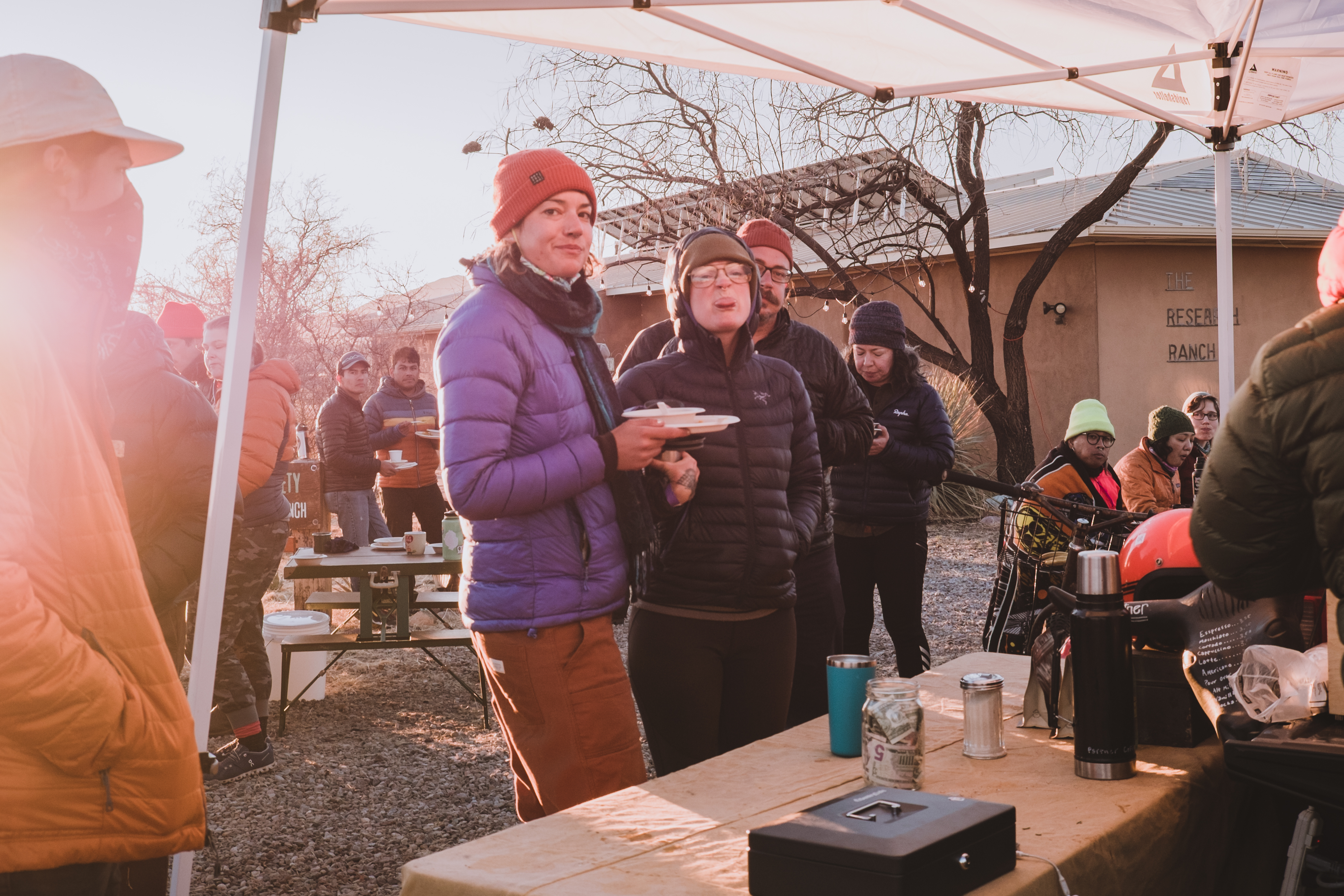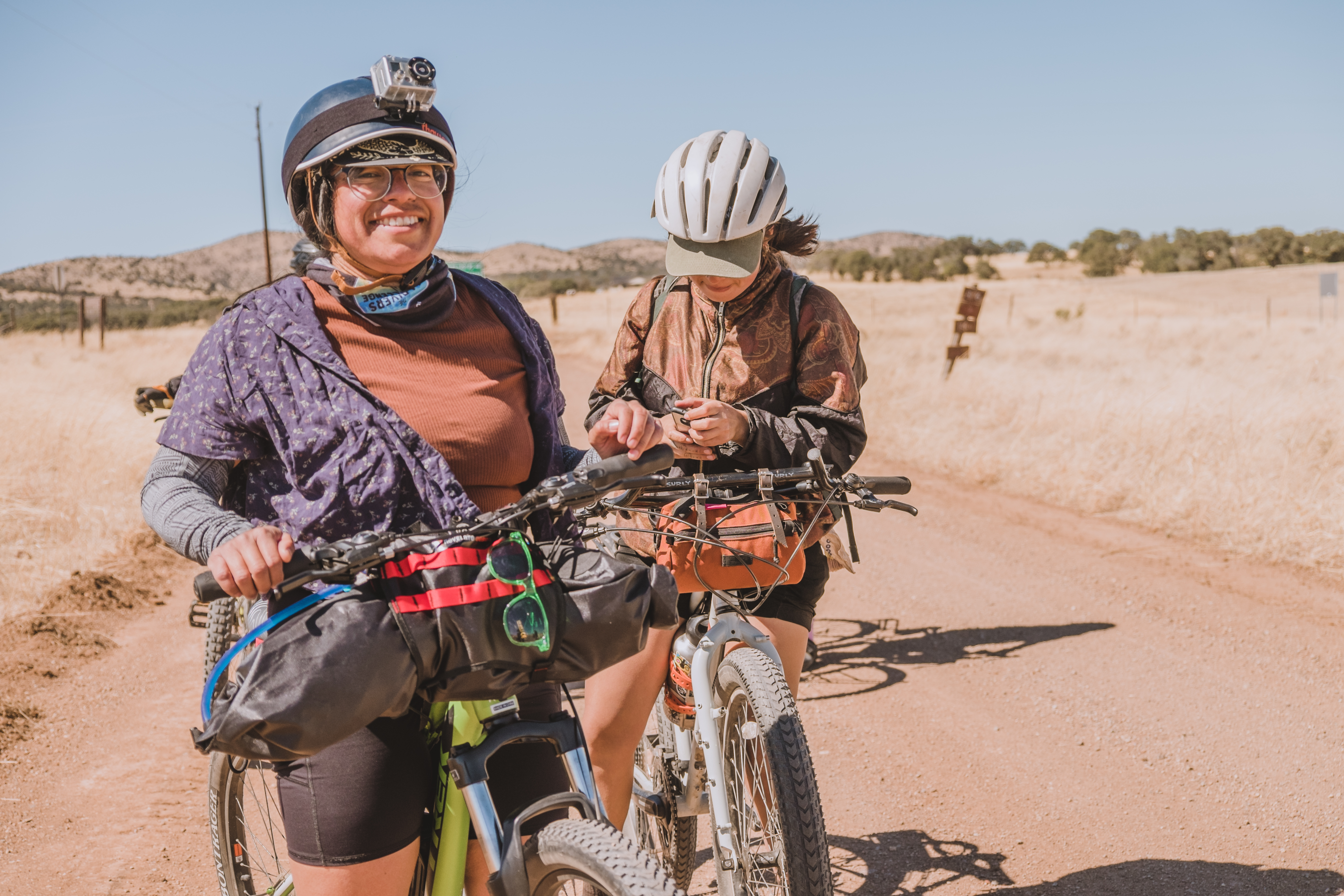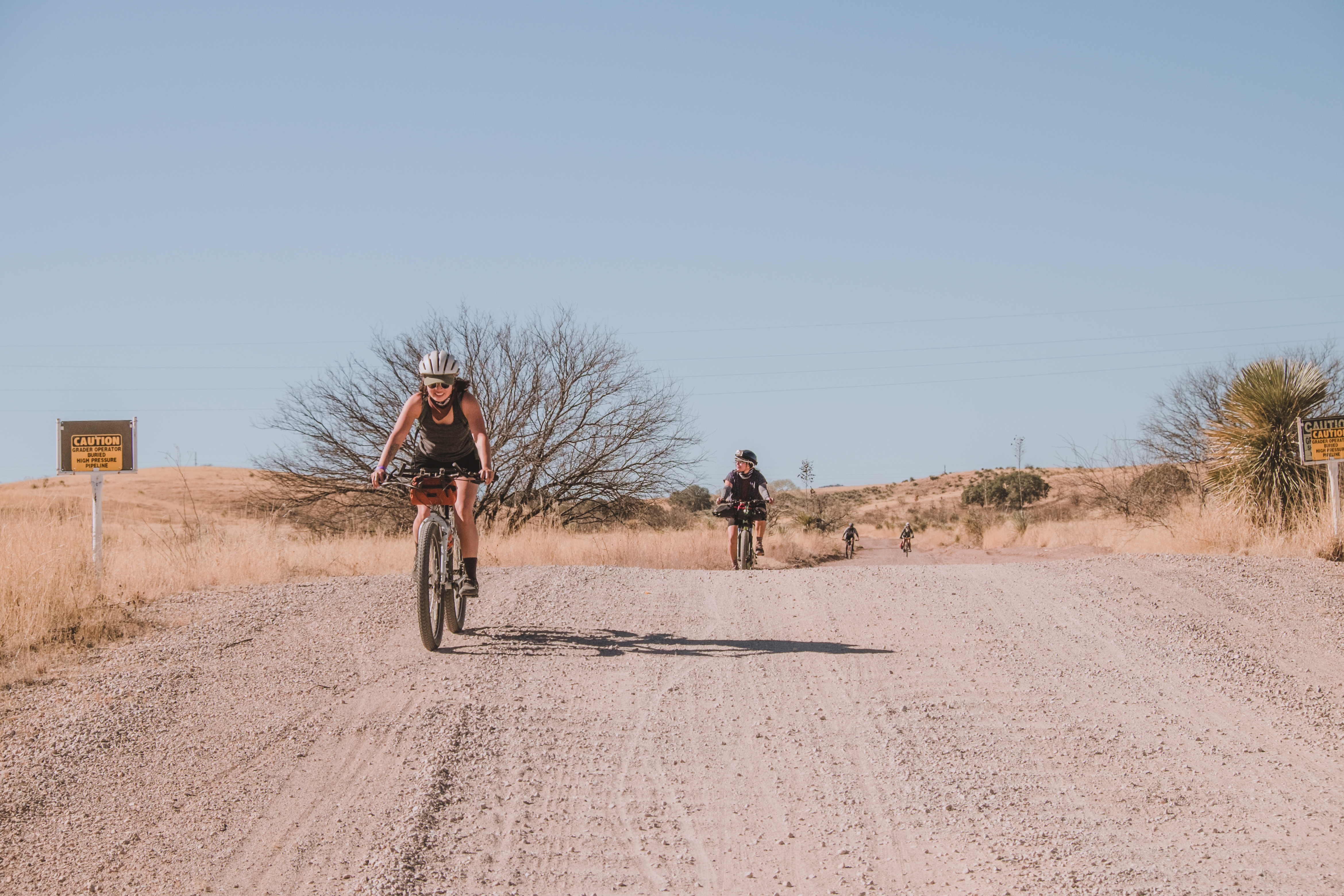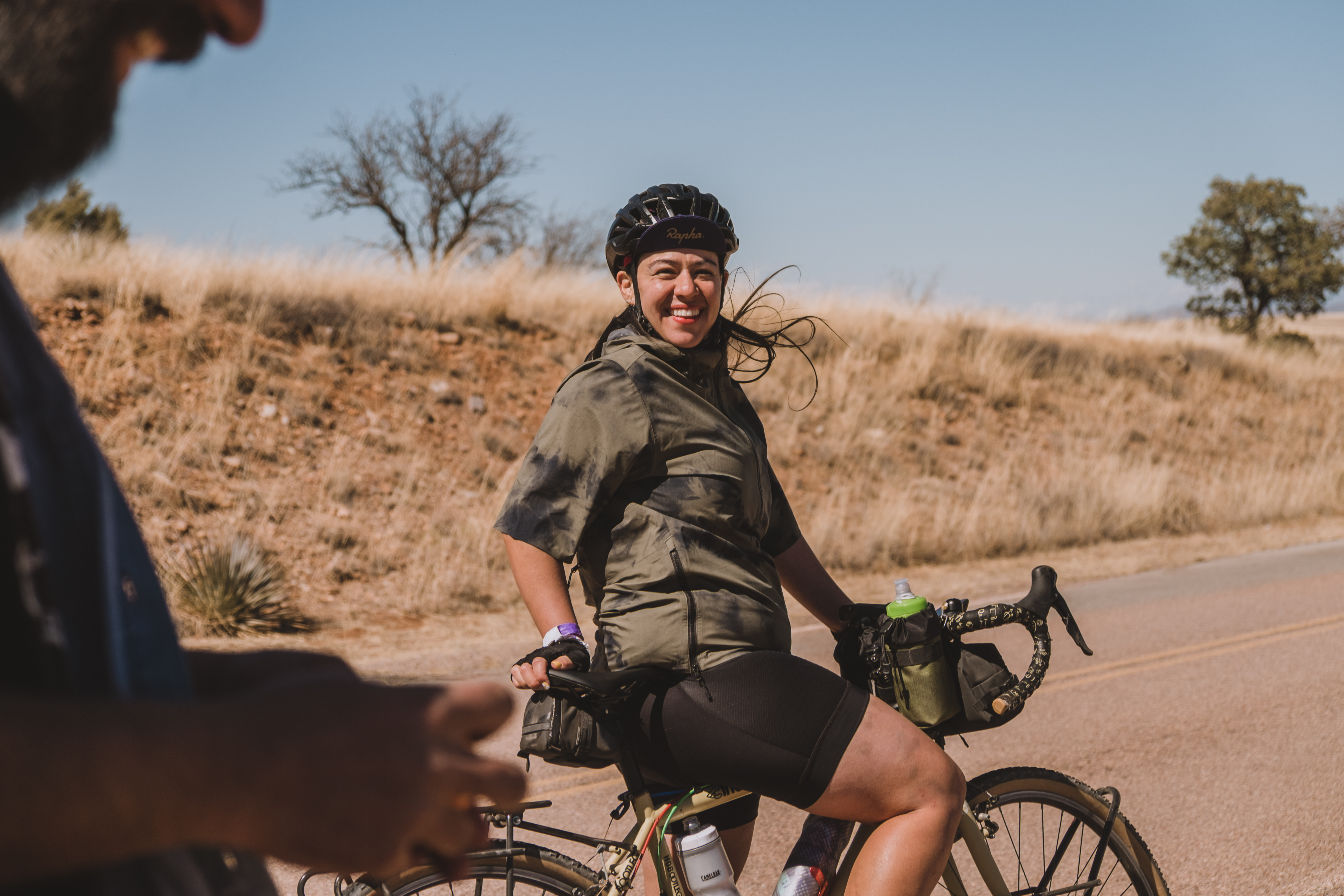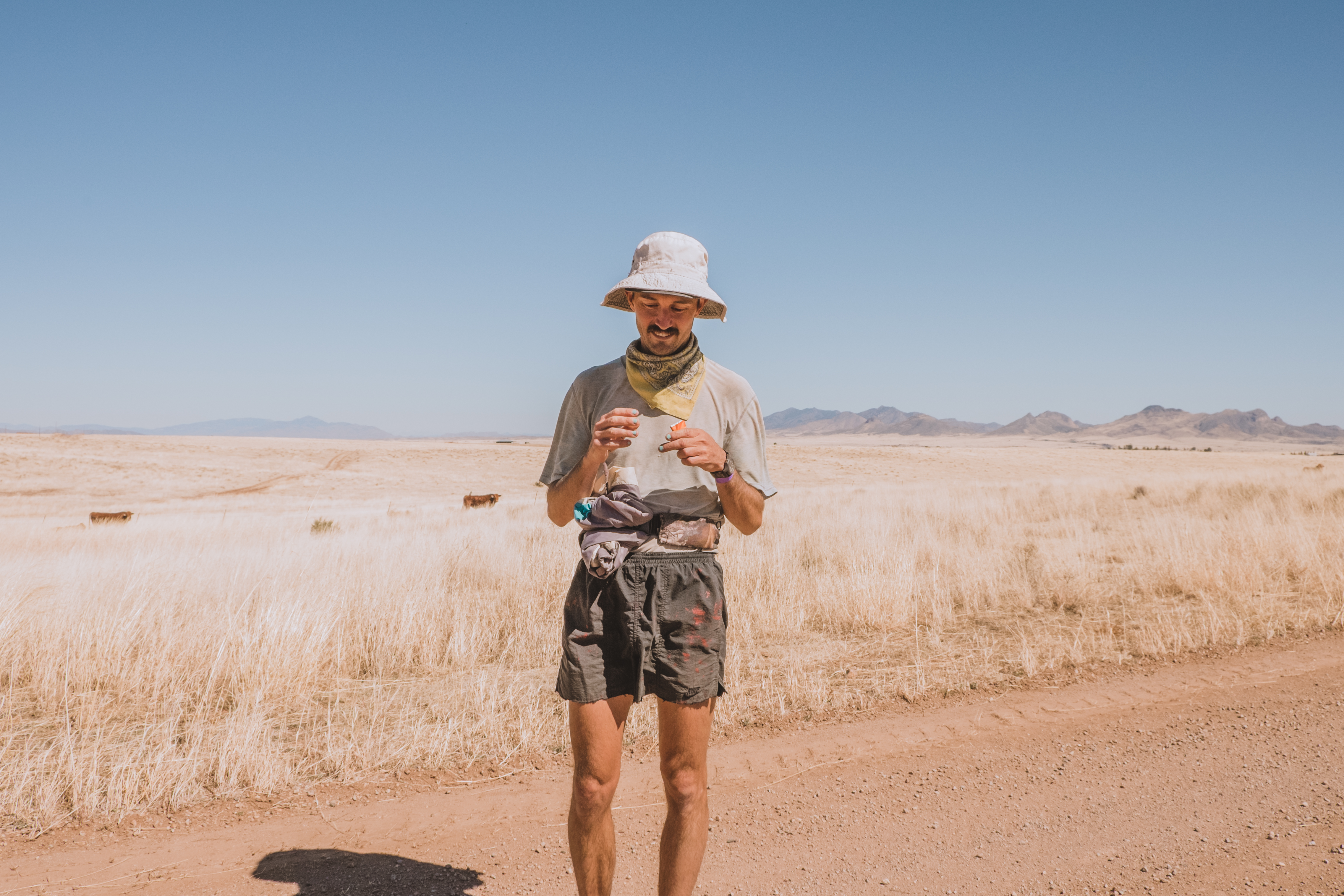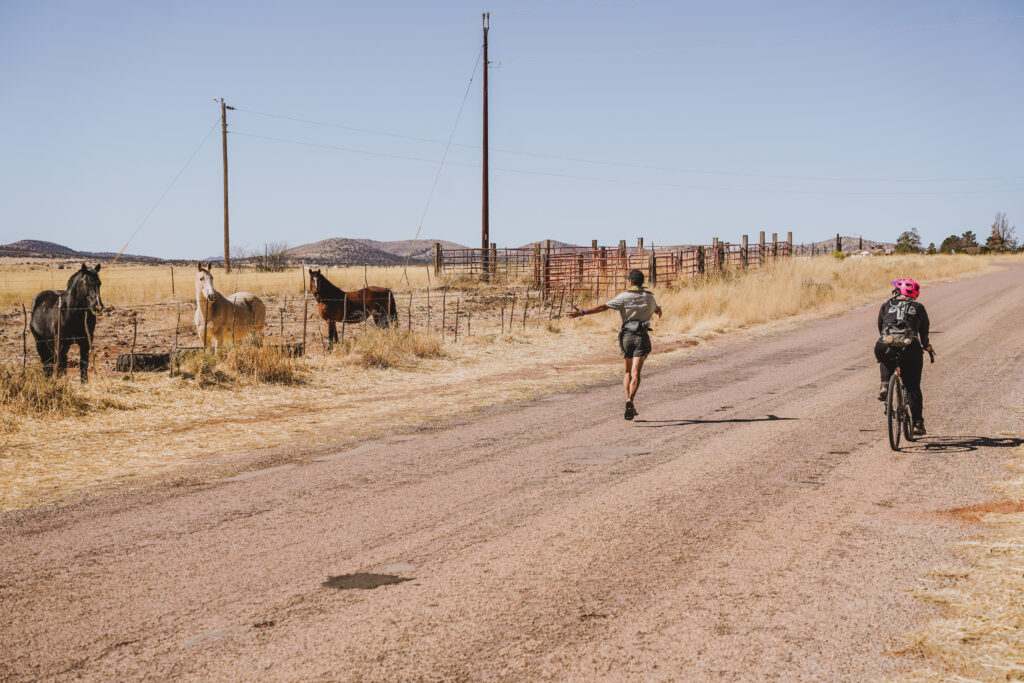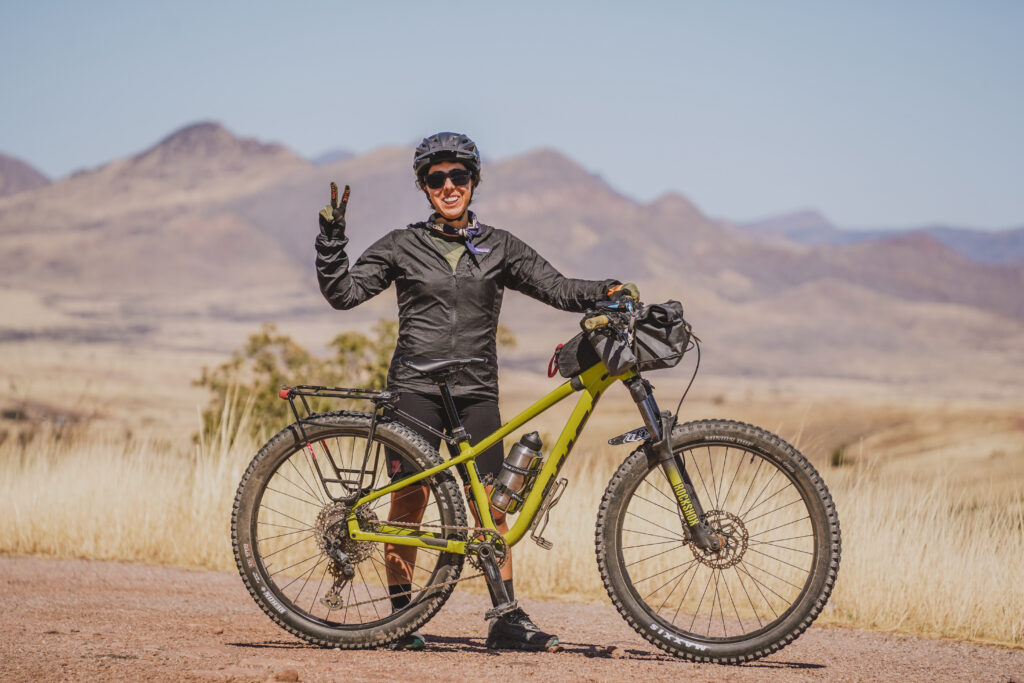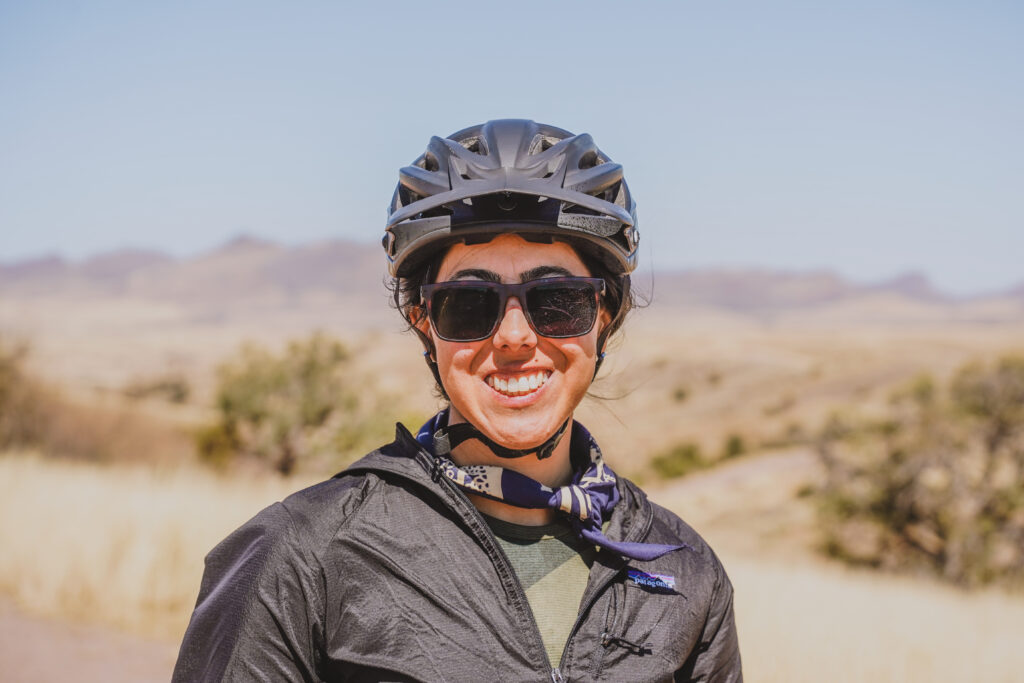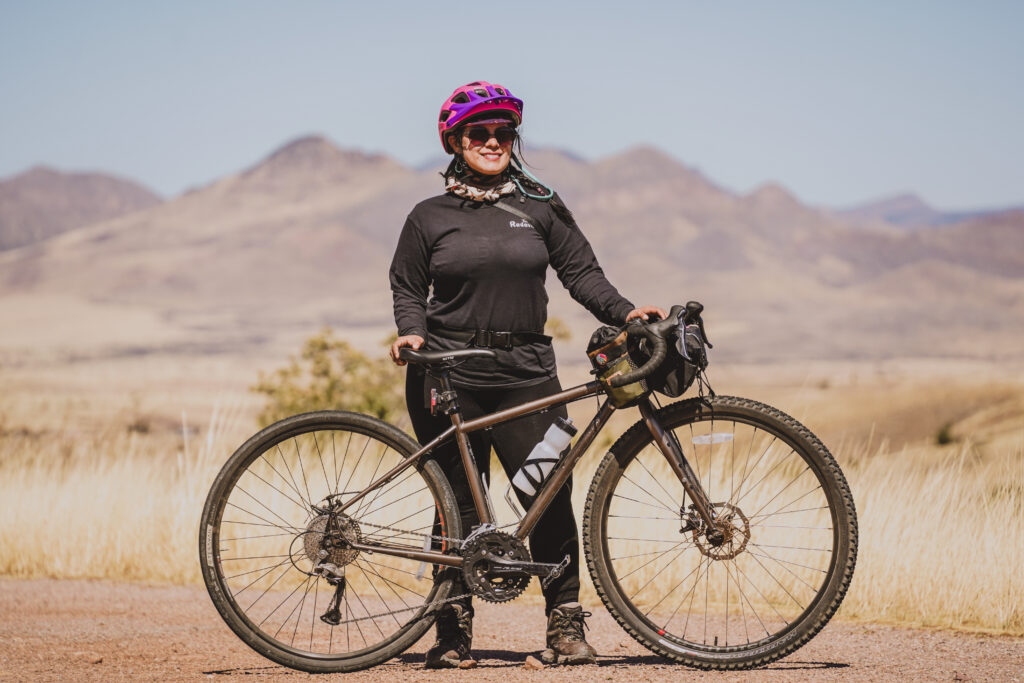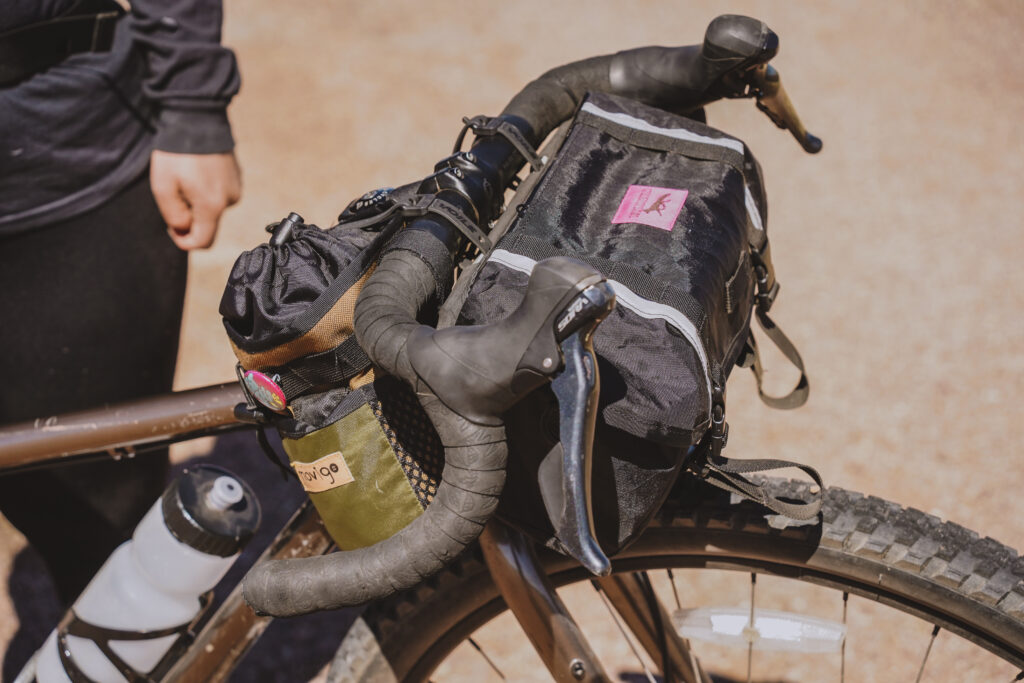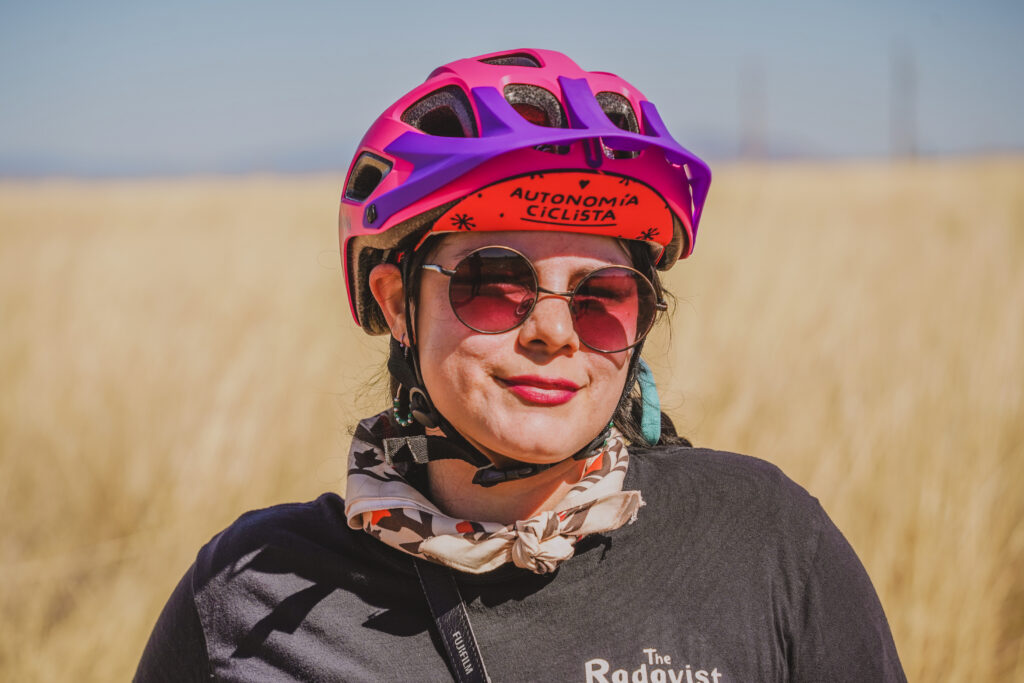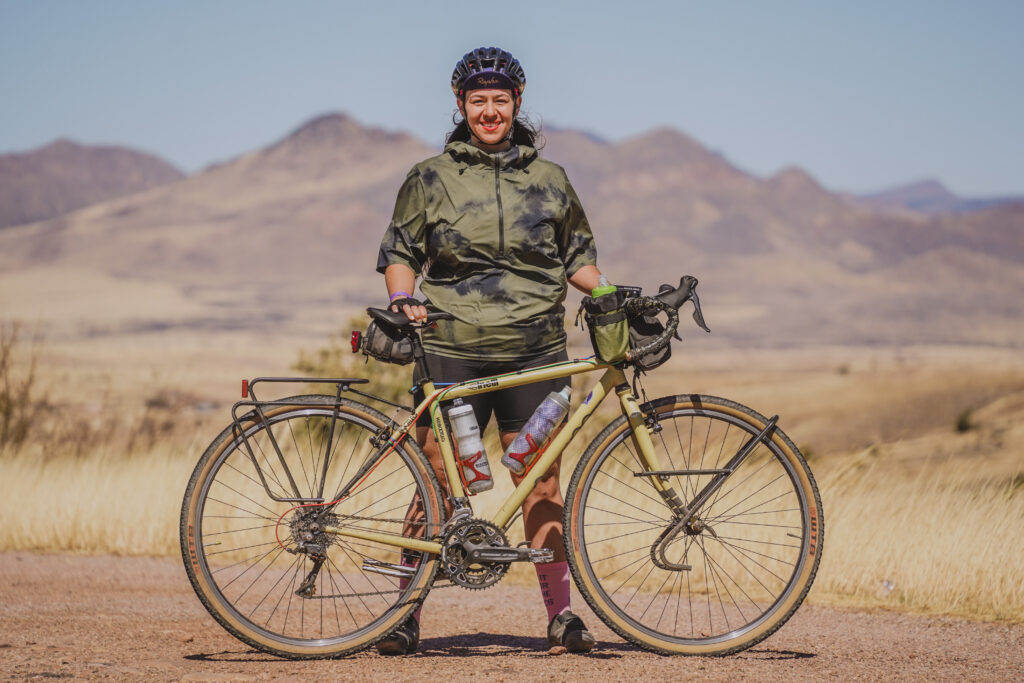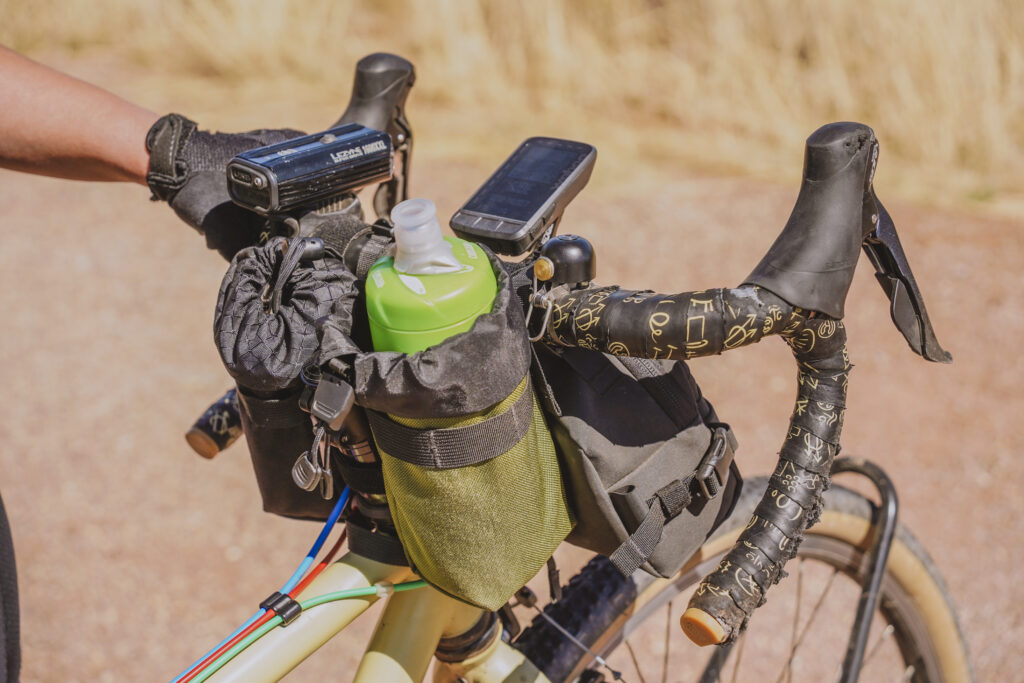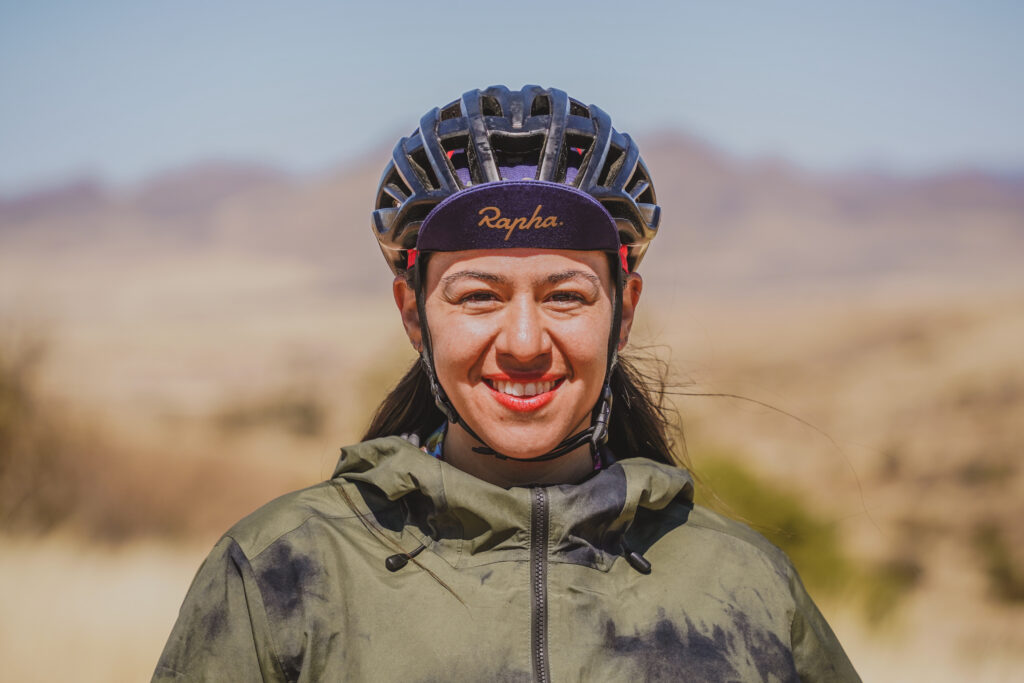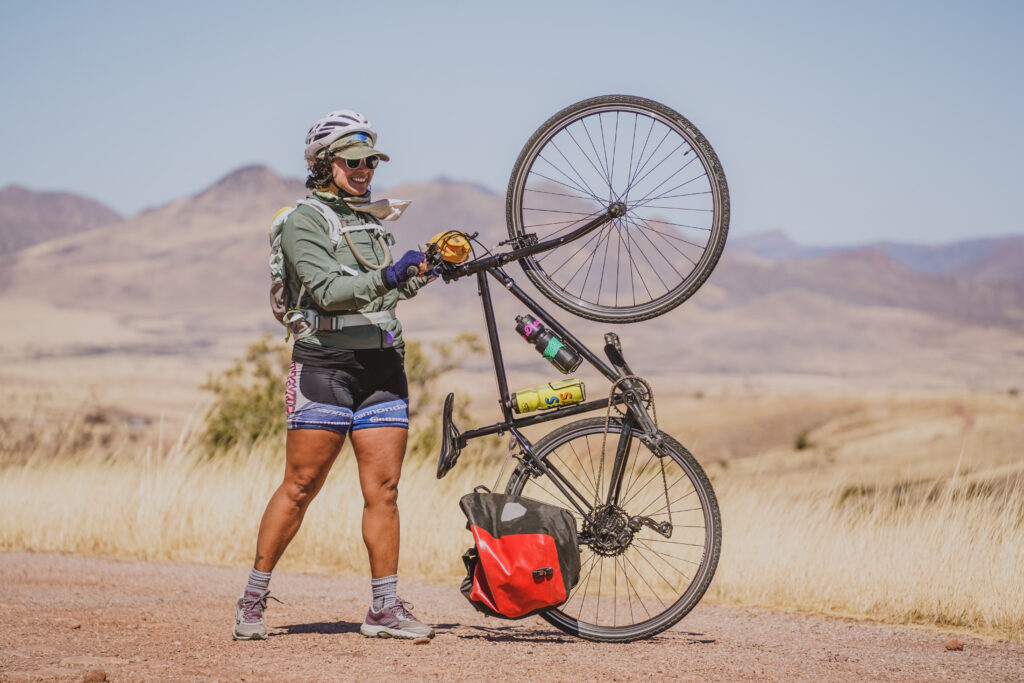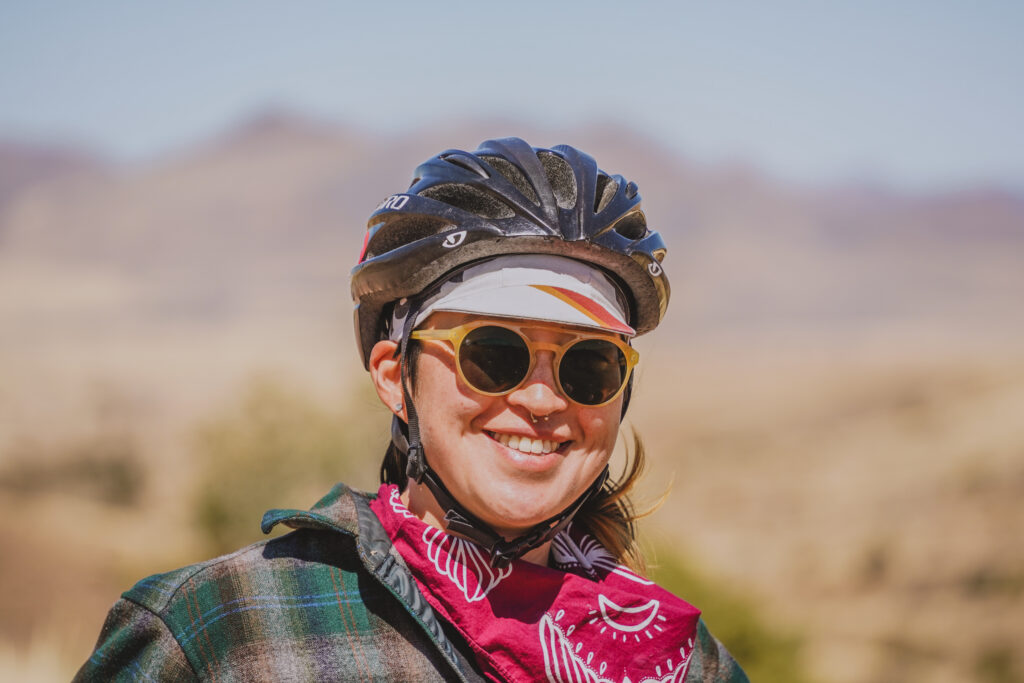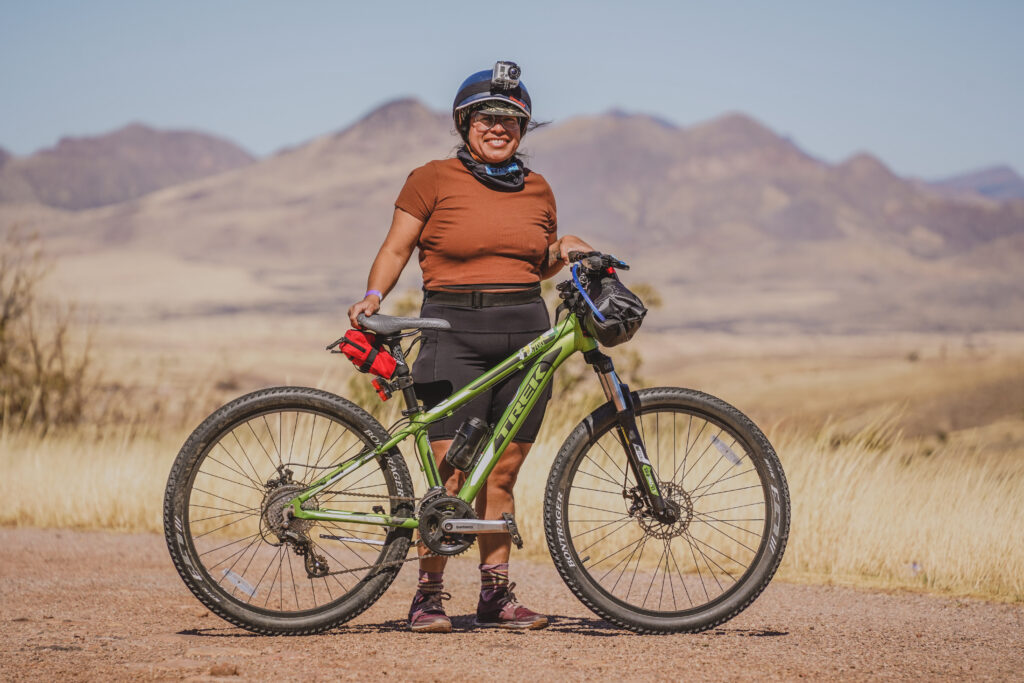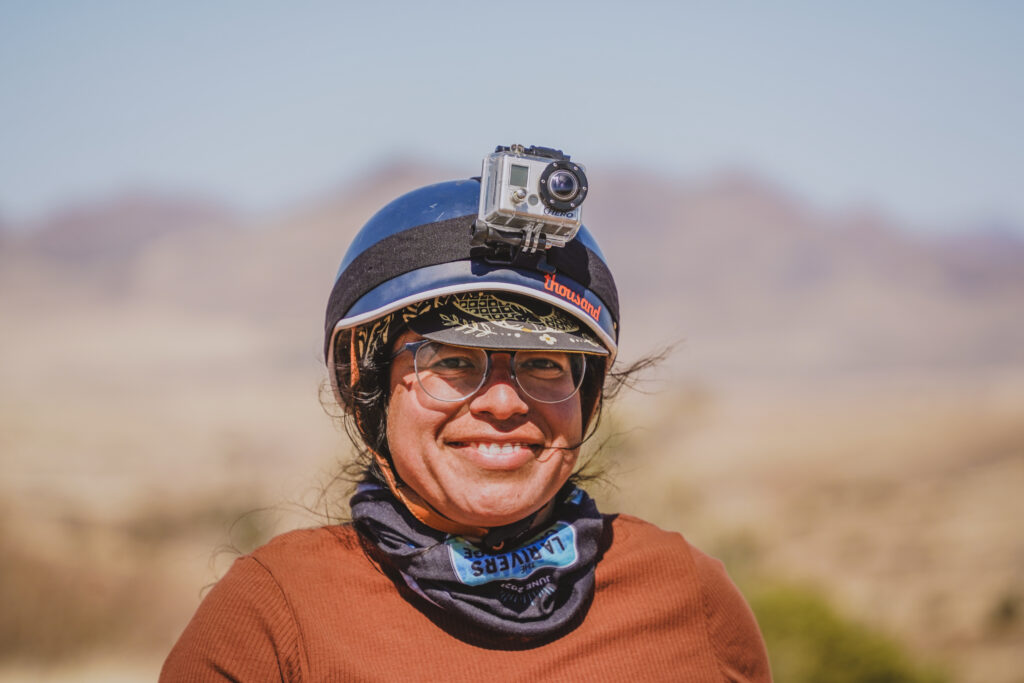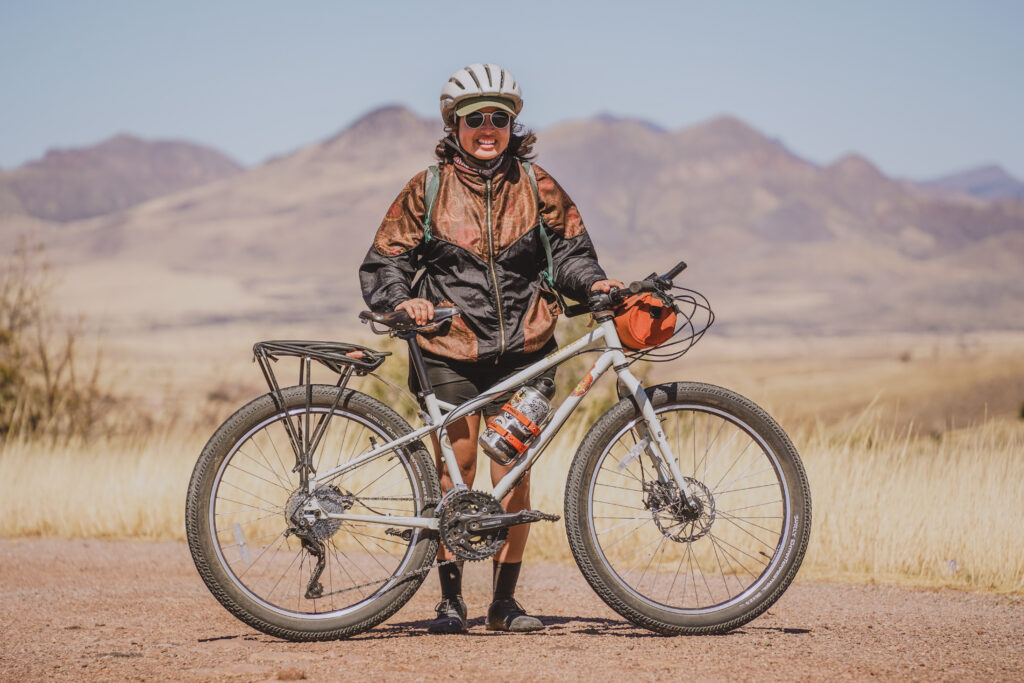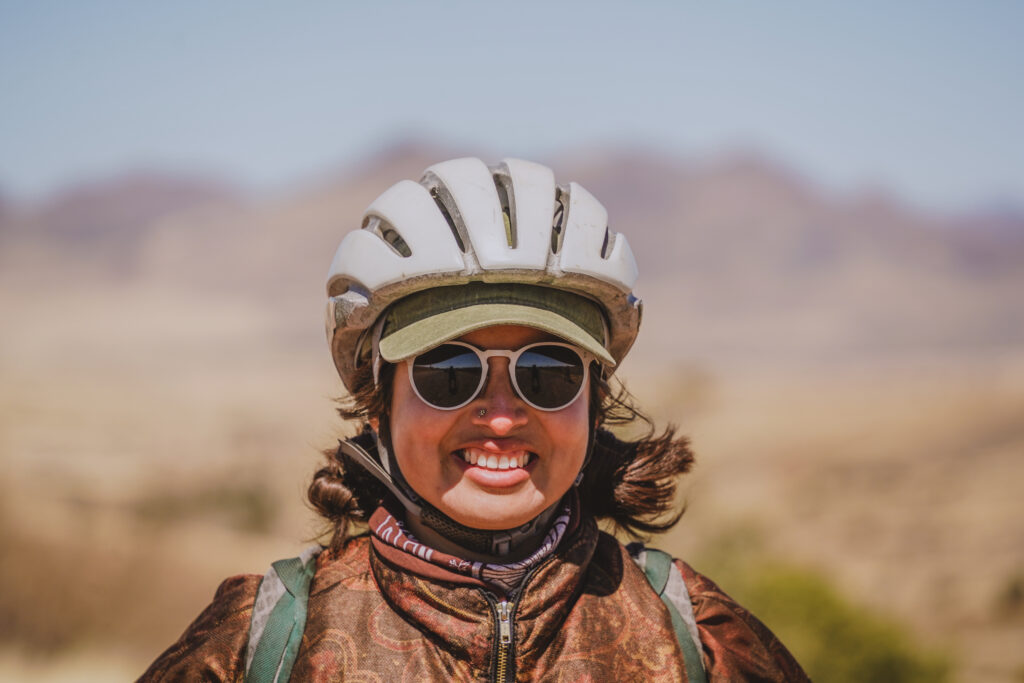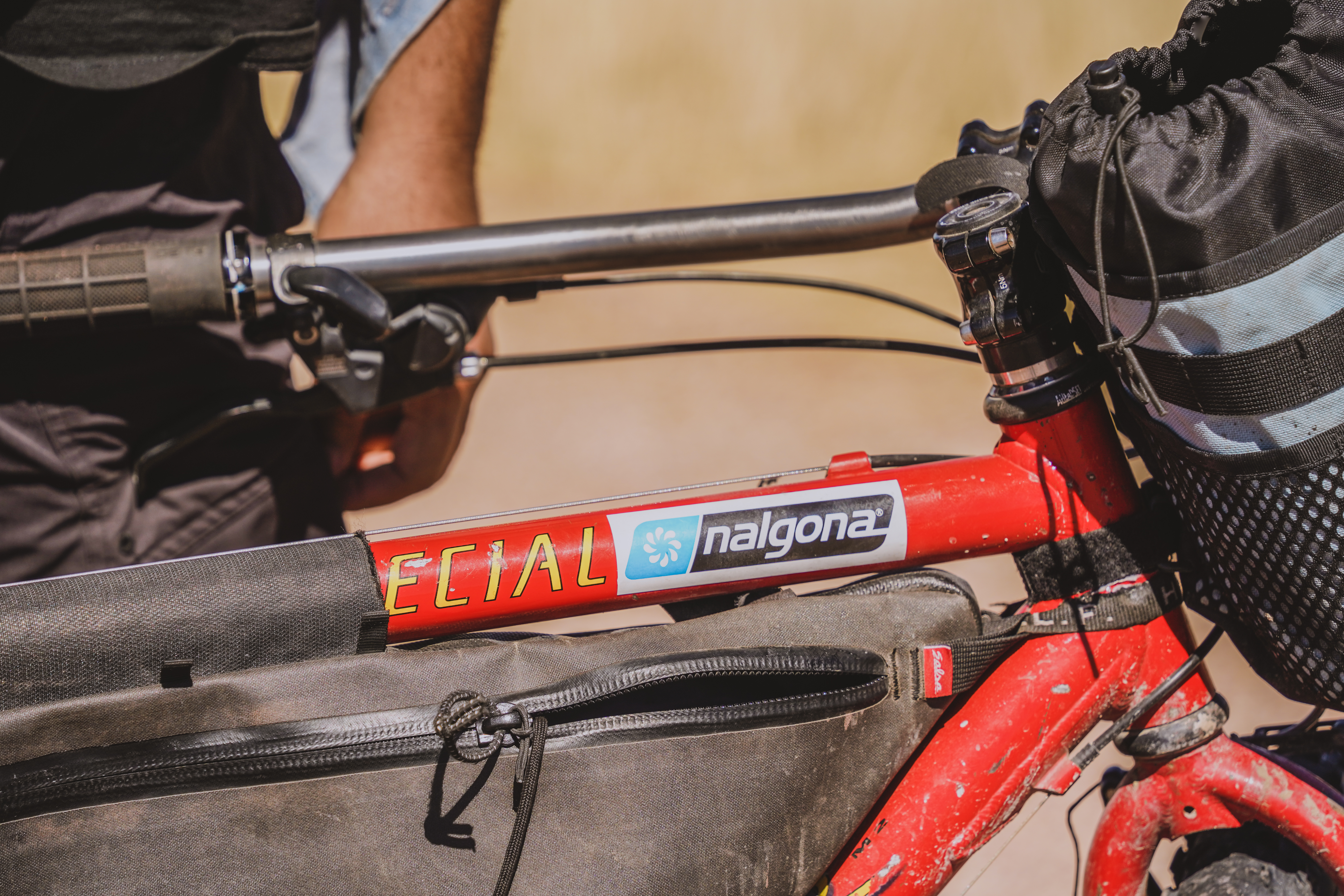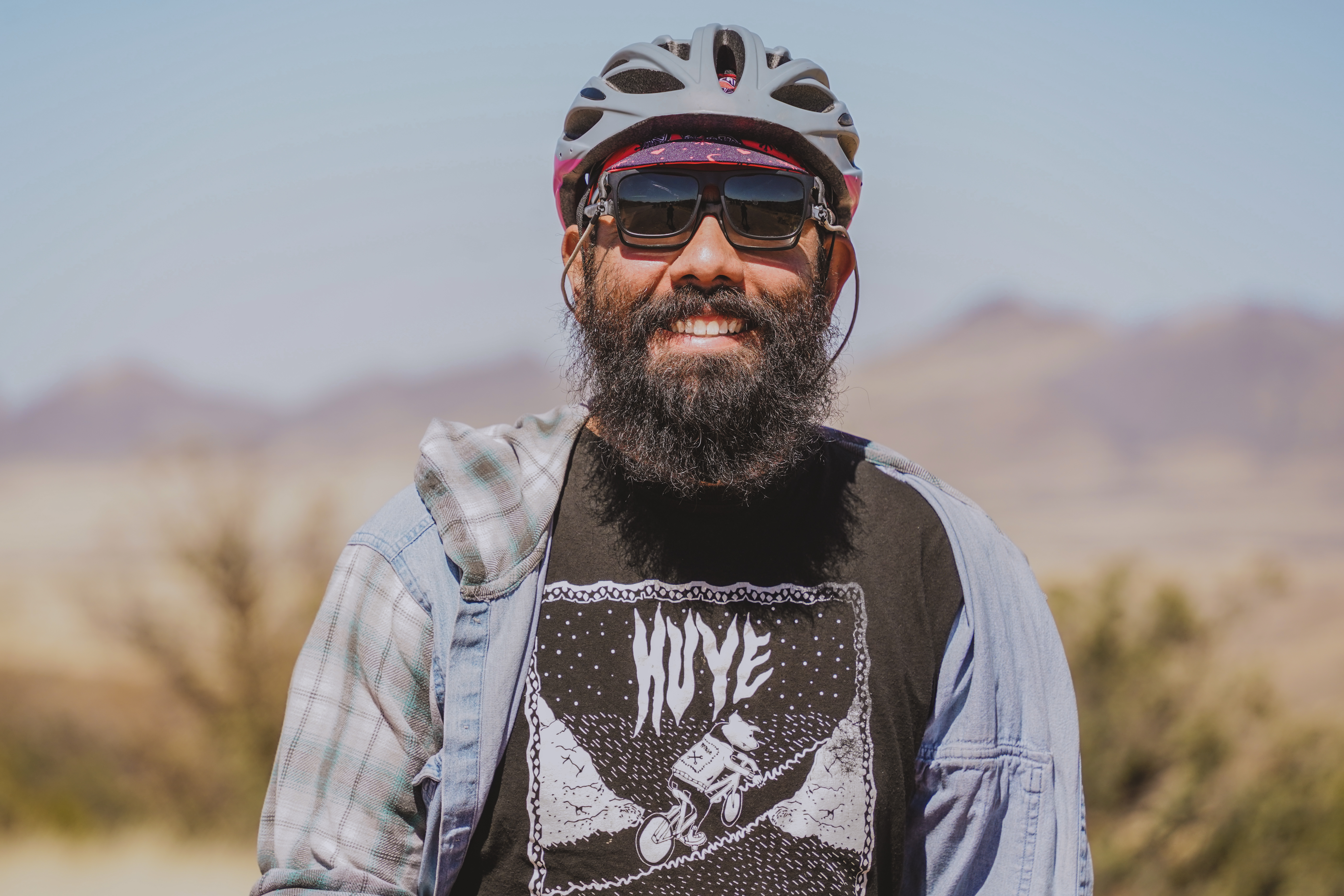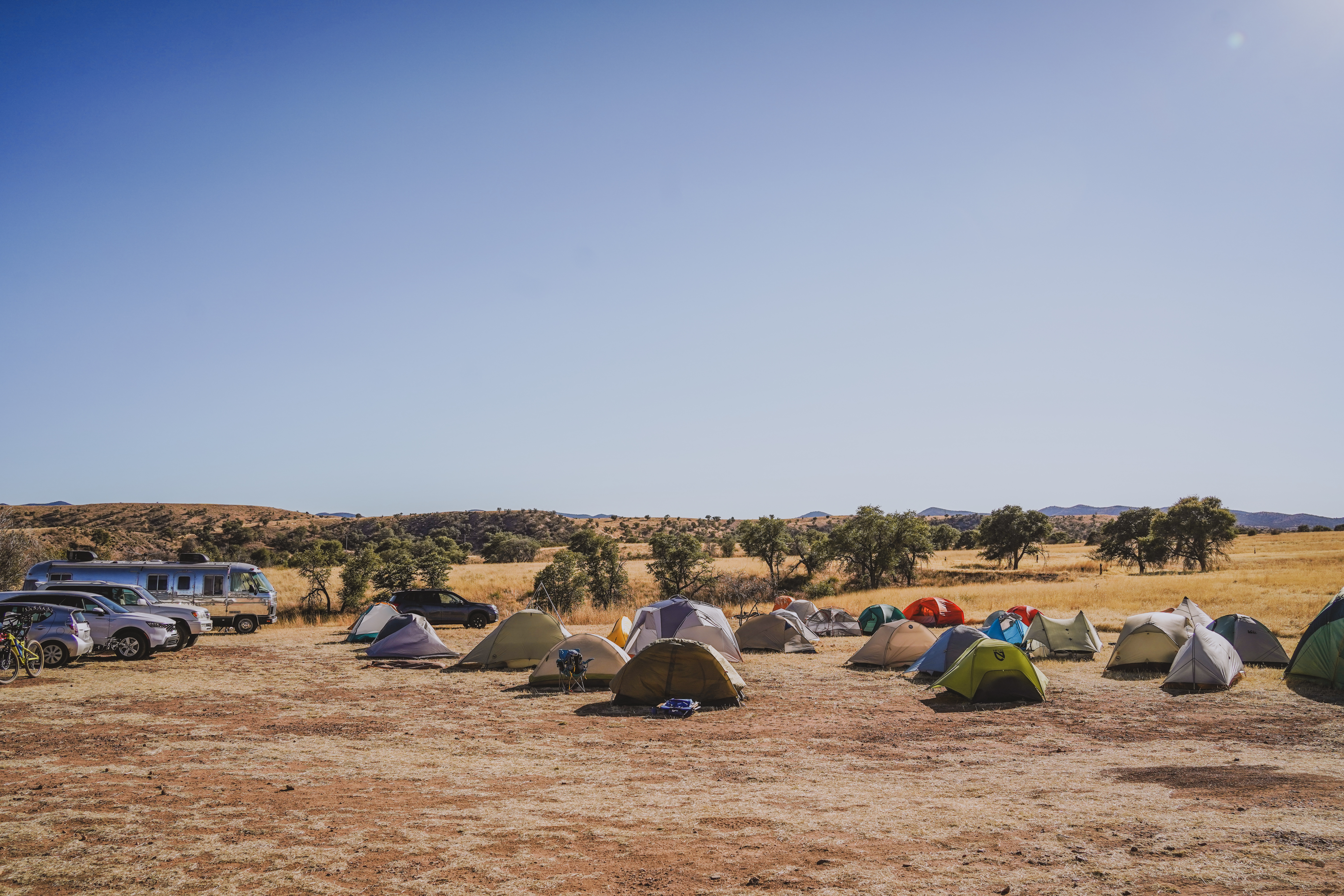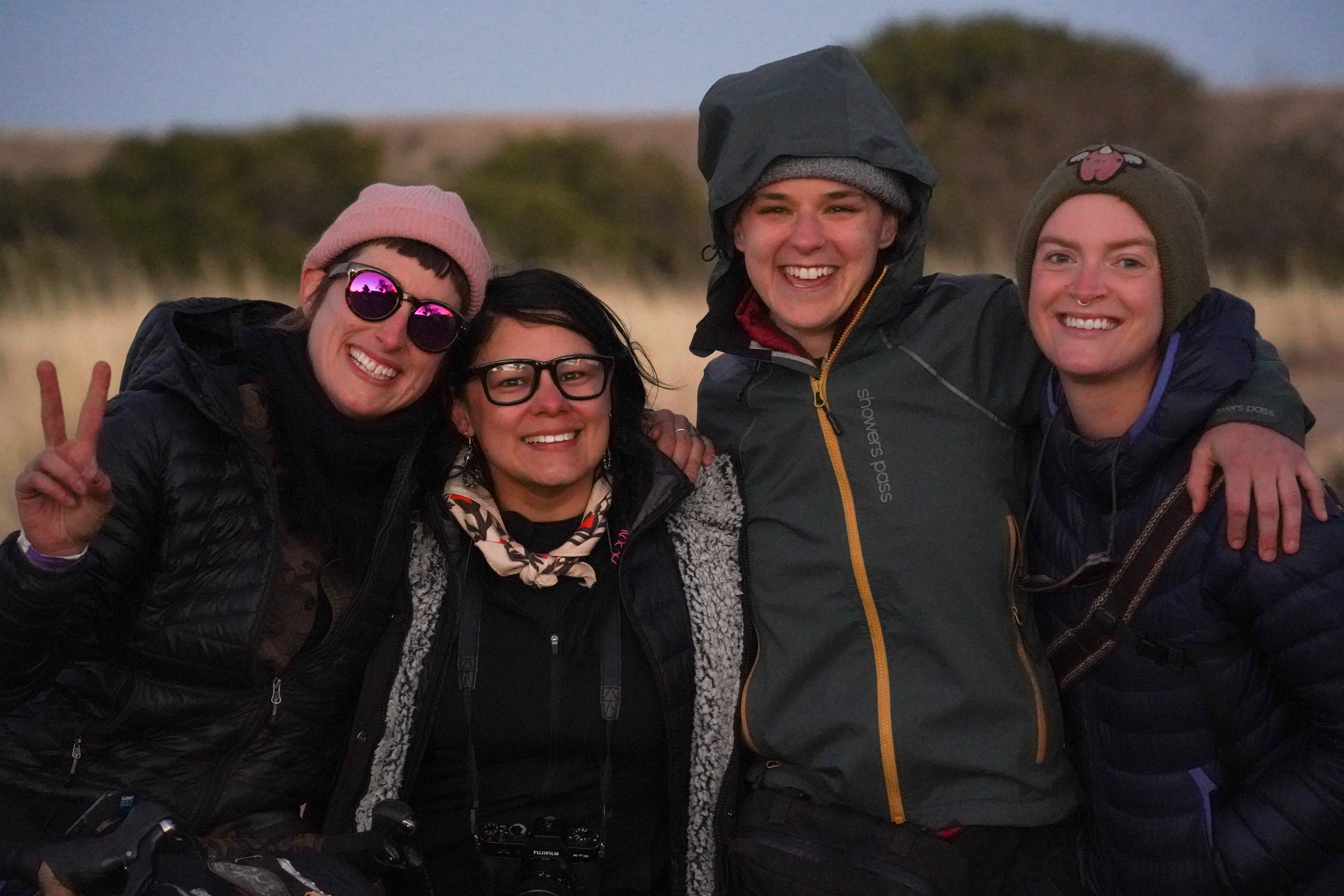Photos by Karla Robles y Daniel Zaid
Text by Daniel Zaid
Karla and I were invited by Sarah Swallow, the organizer of Ruta del Jefe, to attend this annual event; after deciding twice that we wouldn’t go mainly because of the cost of traveling over 3 thousand kilometers (around 1800 miles), a revelation at 3 am one day made us change our minds and we told Sarah we wanted to go, if we were still on time for it. When she said yes, we started preparing for the longest drive of our lives.

WHAT IS RUTA DEL JEFE?
Ruta del Jefe (RDJ) is a weekend event hosted at the Appleton-Whittell Research Ranch, located in the ecological region known as “The Sky Islands” which occupies part of the state of southern Arizona in the USA, and the north of the state of Sonora, in Mexico. The name Sky Islands is because this desertic region has mountains that peak at around 6 thousand feet in elevation which have the proper weather conditions for some species to live that wouldn’t survive in the lower regions, so it’s easy to imagine the mountains acting as islands, and the desert below as an ocean. RDJ combines learning and cycling with the goal of raising funds for diverse organization that work in the area, both humanitarian (Indivisible Tohono, No More Deaths) and ecological (Cuenca Los Ojos, Rancho Appleton-Whittell, Save the Scenic Santa Ritas).
The name of “El Jefe”, or the Boss, is in honor of a northern jaguar (Panthera onca arizonensis) seen in the Santa Rita Mountains in Arizona and considered as the only one of its kind in the USA. The northern jaguar, once a common species in the southeast USA, was declared extinct from the country until this sighting; a population of them currently inhabits the region of Sahuaripa, in Sonora, where they are part of a conservation program, and it is believed El Jefe migrated there because he has not been seen since 2015.
For a few weeks Karla and I had been borrowing a truck from the 90s to go get groceries since the closest supermarket is 60 km (37 miles) away, and we asked its owner what she thought about using it to go to the city of Tucson, Arizona, some 1600 km away (about 1000 miles). Hearing her say that she has driven it long distances and that it has received its mechanical services on time gave us the confidence to use it, but even so, the nights prior to our departure my sleep was disrupted by thoughts of all the things that could happen to a car in such a long trip, which added to my absolute ignorance in car mechanics, the smallest issue could mean the interruption of the trip.

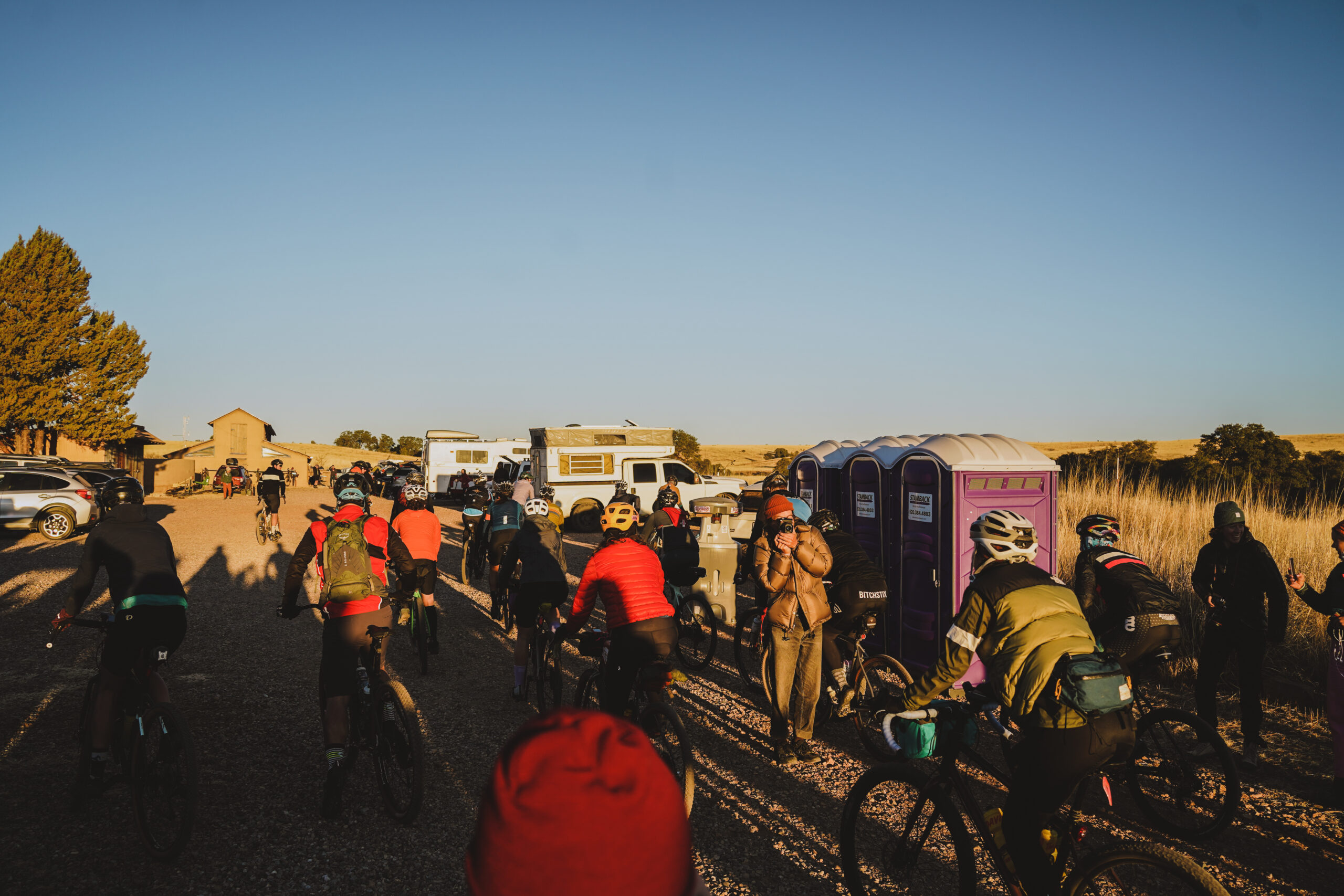

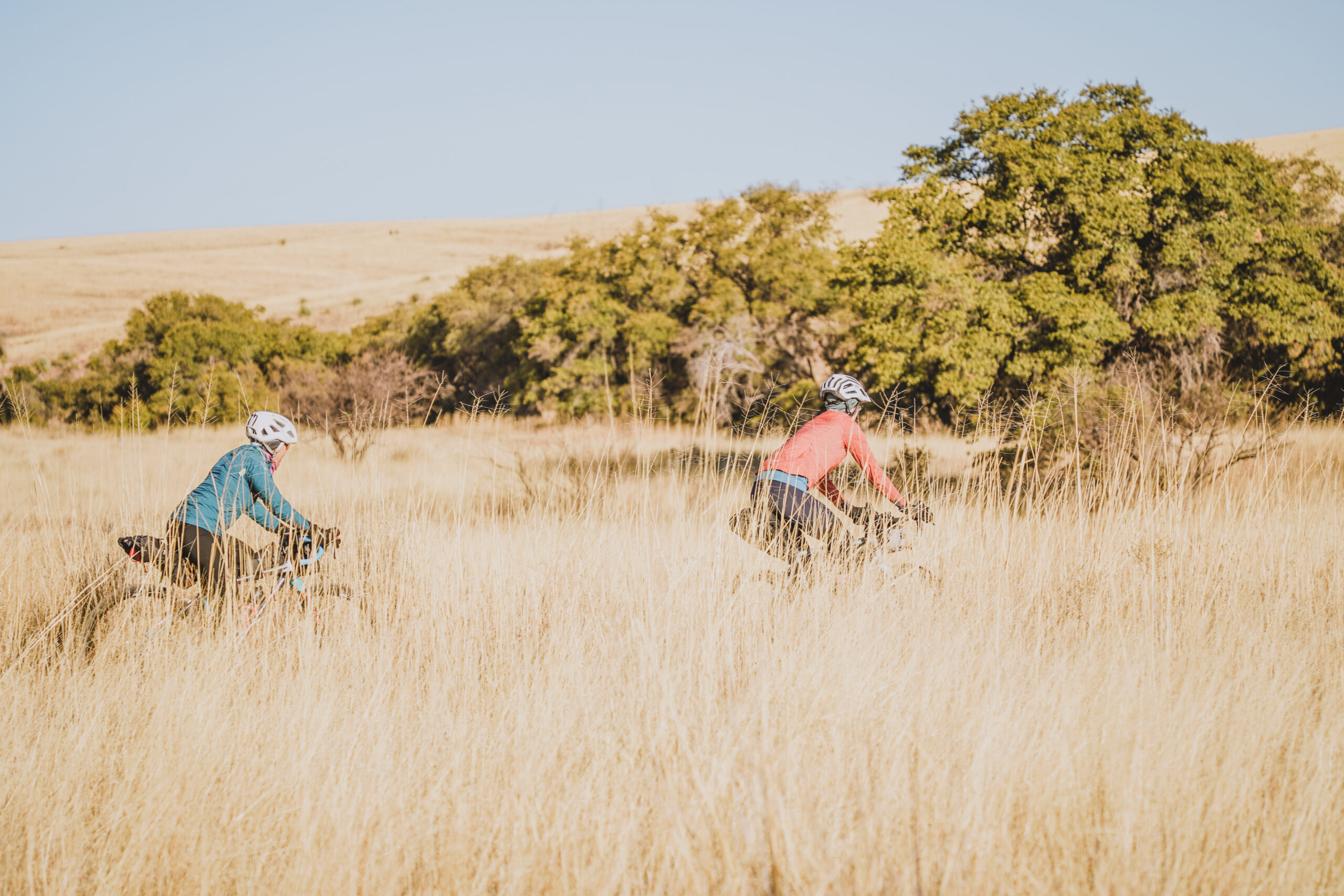
Recurring to the prayers that our moms say for us, we loaded bikes and camping gear on the truck and departed very early on a Wednesday. After two days of driving (from which fortunately I have nothing to say) we arrived in Tucson, where we got supplies for the weekend and the next day we covered the hour and a half from Tucson to the Appleton-Whittell Research Ranch. To adjust to current safety measures, RDJ was limited to 100 people and all were required to show vaccination and booster certificates, and a negative covid test, which the welcoming committee asked for at arrival.




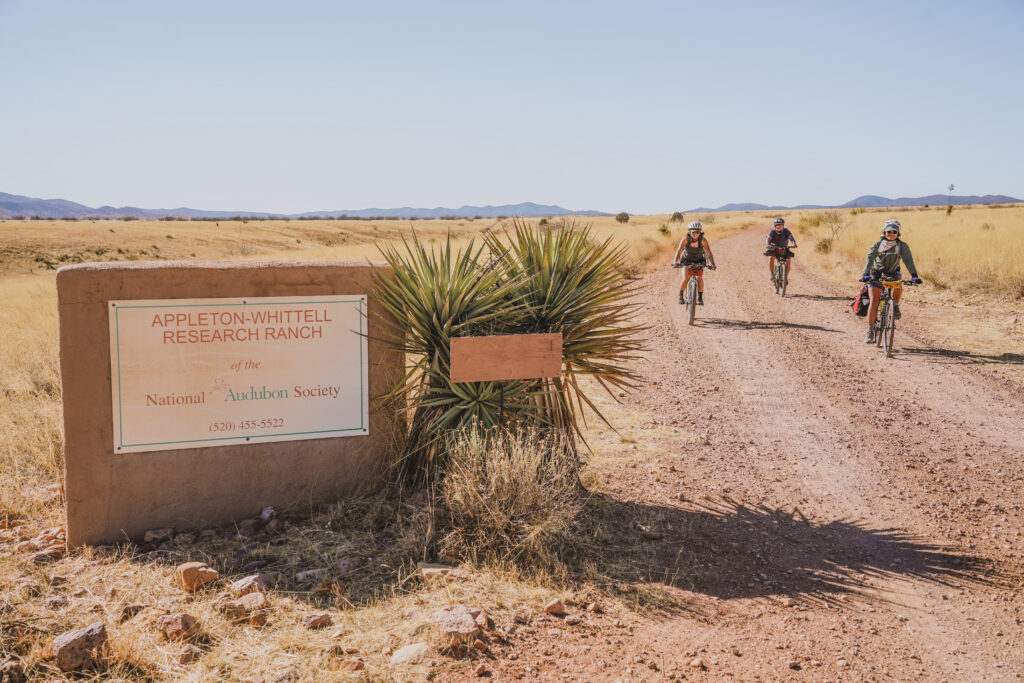

TIME TO LEARN!
After finding a place to camp, we spent the evening saying hi to familiar faces and meeting new ones, then we joined the talks scheduled for that night. First the microphone was taken by a member of the indigenous organization Indivisible Tohono, which takes part in the matters that concern the Tohono O’odham Nation, an indigenous group with the particular characteristic that its population is spread on both sides of the border between Sonora and Arizona. Then it was turn for the humanitarian organization No More Deaths/No Mas Muertes, focused on preventing the suffering and death of the people who cross the desert in the Sonora-Arizona borderlands. The talk began with a map of said region where there’s a red dot for every site where a person who perished on their attempt to cross into the USA was found, and they explained us the “Prevention through deterrence” policy.
Adopted by the USA government and applied through the Border Patrol, it consists in putting strong surveillance in the urban centers that were traditionally used as crossing points by migrants, thus pushing them to look for alternatives in more isolated and dangerous spots, where nature acts as as a deterrent. The idea is, basically, that facing the risk of dying in the desert people would rather not attempt to cross into the USA; hence, the difficulties and ultimately the deaths happening while crossing are the explicit objective of this policy. No More Deaths takes direct action by placing water, food and blankets in the area, doing rescue operations, and providing legal assistance, which has made them the target of Border Police who have detained several of the organization’s members.
This sensitive but necessary talk was followed by a member of the Save the Scenic Santa Ritas Association, a man born and raised in the area that in an almost poetic way told us about his life in these mountains and the labor the association does to prevent a mine from opening in the region. To close the session the Mexican biologist Ganesh took over, who works in the Cuenca Los Ojos, a protected area in Sonora adjacent to the border with Arizona that has the mission to protect and restore the water, the soil and the life that has been degraded over time by the use for ranching. Ganesh showed us footage from the camera traps they have installed and where it’s possible to see coati, jaguars, and even black bears, species we don’t usually associate with Sonora.
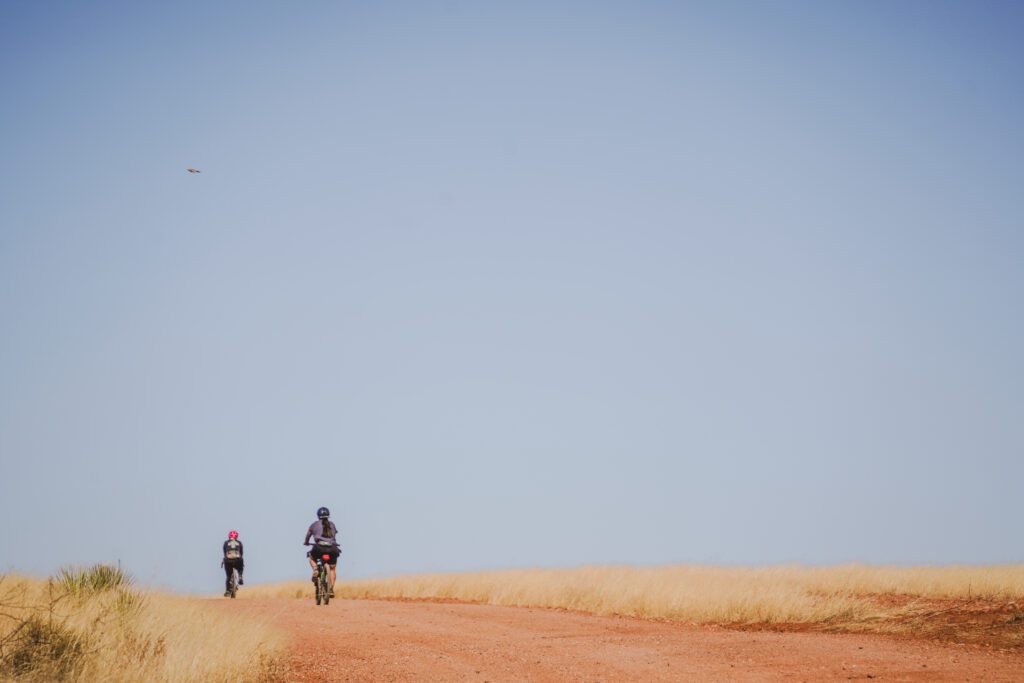
All these organizations have their specific origins and issues but they share conditions caused by one of the most conflictive borders in the world, and it’s here, in Ruta del Jefe, where they get to have an audience in common and show us what they do.
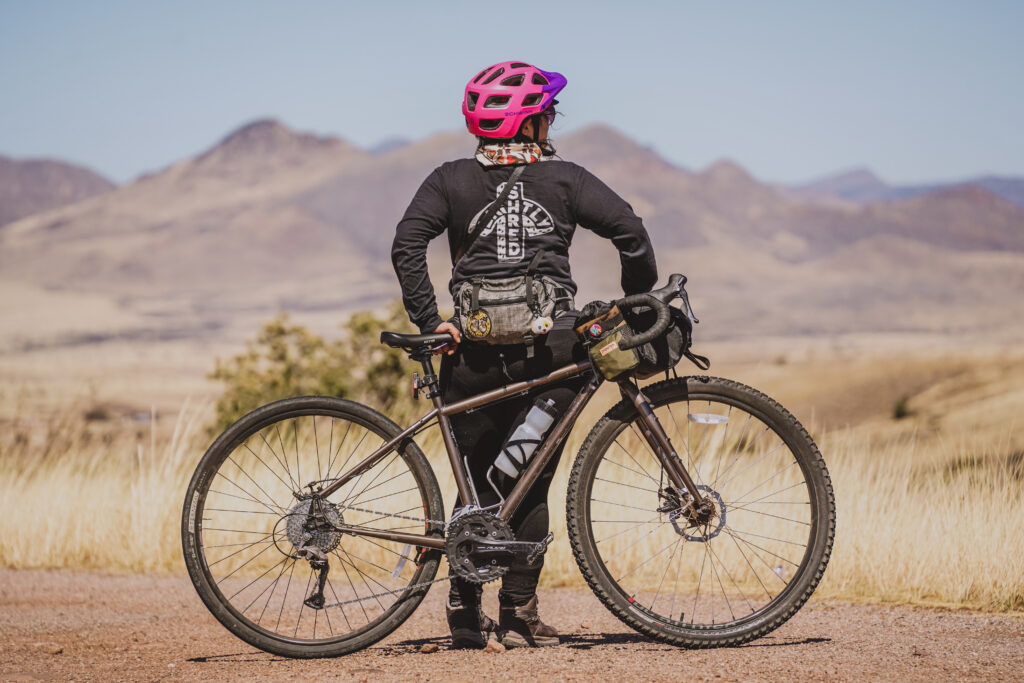
TIME TO RIDE!
The next morning began unwillingly early because the cold didn’t let me sleep past 5 am. Saturday is the riding day, and RDJ offers four route options of different lengths: 28, 55, 70, and 136 miles. The first to depart are the ones doing the 136 miles, programmed to start at 7 am. But since I woke up I found out that some riders had already left because they expected to spend all day out. Karla and I signed up for the 28 mile ride, programmed to depart at 9 am, so we had time to have coffee, breakfast, and watch the others leave.
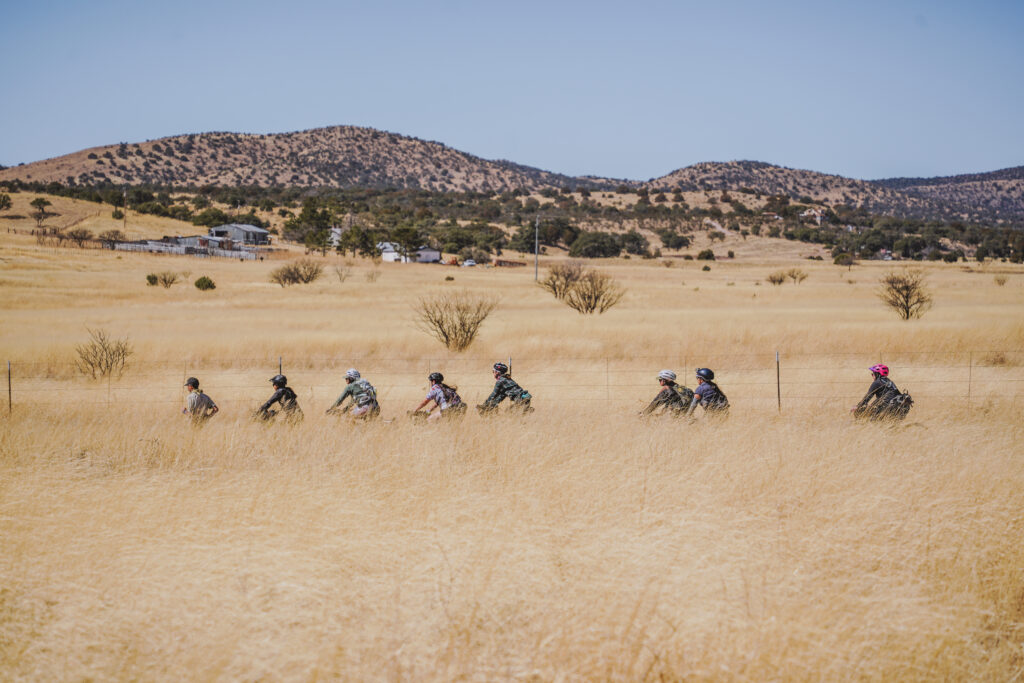
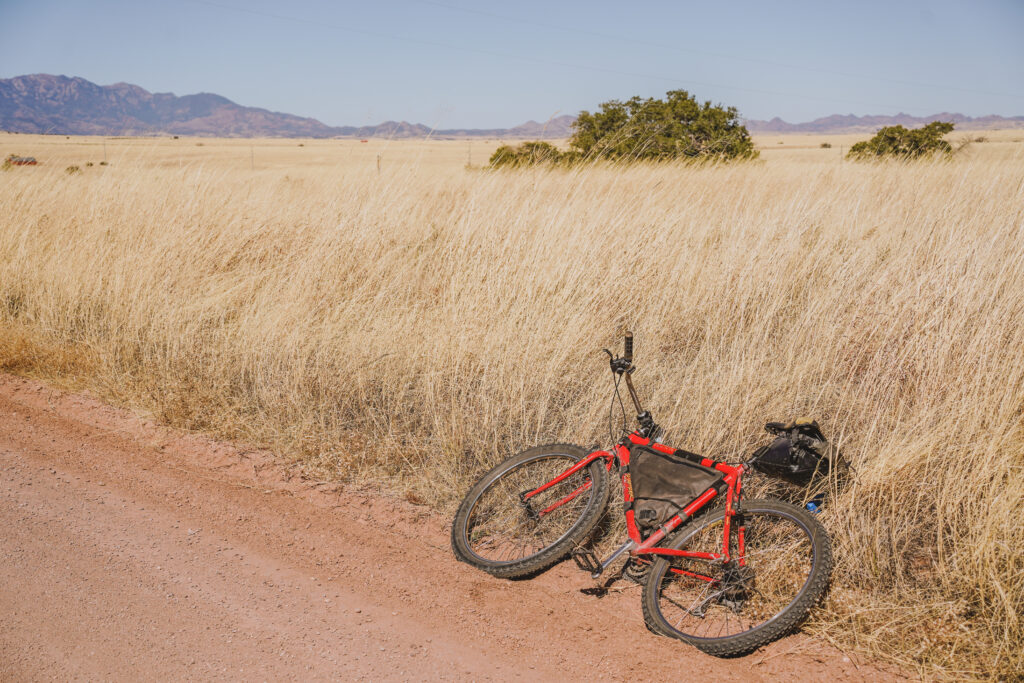
After 8 am we readied our bikes and went to the starting point, where everyone had to sign departure and expected arrival times. At the start we had a group of eight cyclists and a runner, our friend Aaron from Tucson who runs marathons any day of his life. His initial plan was to run along the group for as long as he felt like, but as we were moving we realized that the pace of the bikes and the runner was the same: bikes would get ahead on downhills, and Aaron would catch up on the uphills. All the route we would be accompanied by a strong wind coming from the south, but the interaction and the landscape made it more manageable; as we rode through this land and with the mountains in sight, the talks from last night resonated inside my head.
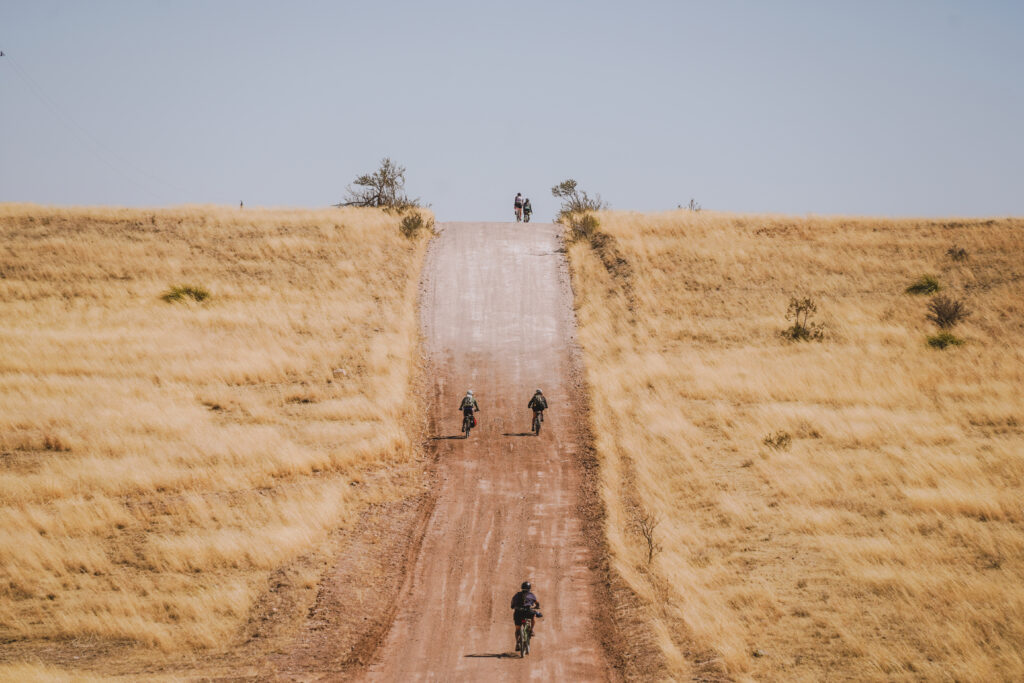



The routine of sprinting to get ahead, take a photo, and sprint to catch up reminded me of how little riding I’ve done this winter. Our little group was formed by different kinds of bikes and people with different backgrounds, but an unspoken pact was made to not leave anybody behind. At the turns and the top of the several climbs the group would stop and wait for whoever was behind, regroup and ride again. The route was a mix of dirt roads and pavement, and the last kilometers were spiced up with rocks of various sizes where it was time for the mountain bikes to shine. After five hours we made it back to the ranch, and we exchanged high fives at the finish. The rest of the evening we spent it talking with pride of how our little group stuck together, and that we had a runner.
As the hours passed more riders made it back, each of them with their respective distance and adventures. To end the Saturday a fire was lit and there was live music, it was time to hang out and to keep telling people that there was a runner in our group. The night kept bringing more riders, and when we went to sleep there were still people out there who were doing the 136 miles. On Sunday morning we heard that some people made it back at 3 am, and at noon a rider showed up, who after seeing themselves far from finishing decided to spend the night at a hotel in a nearby town. Seeing these riders come back made me admire them, and gave me a momentarily inspiration to try it next year which faded away as soon as we left the ranch.
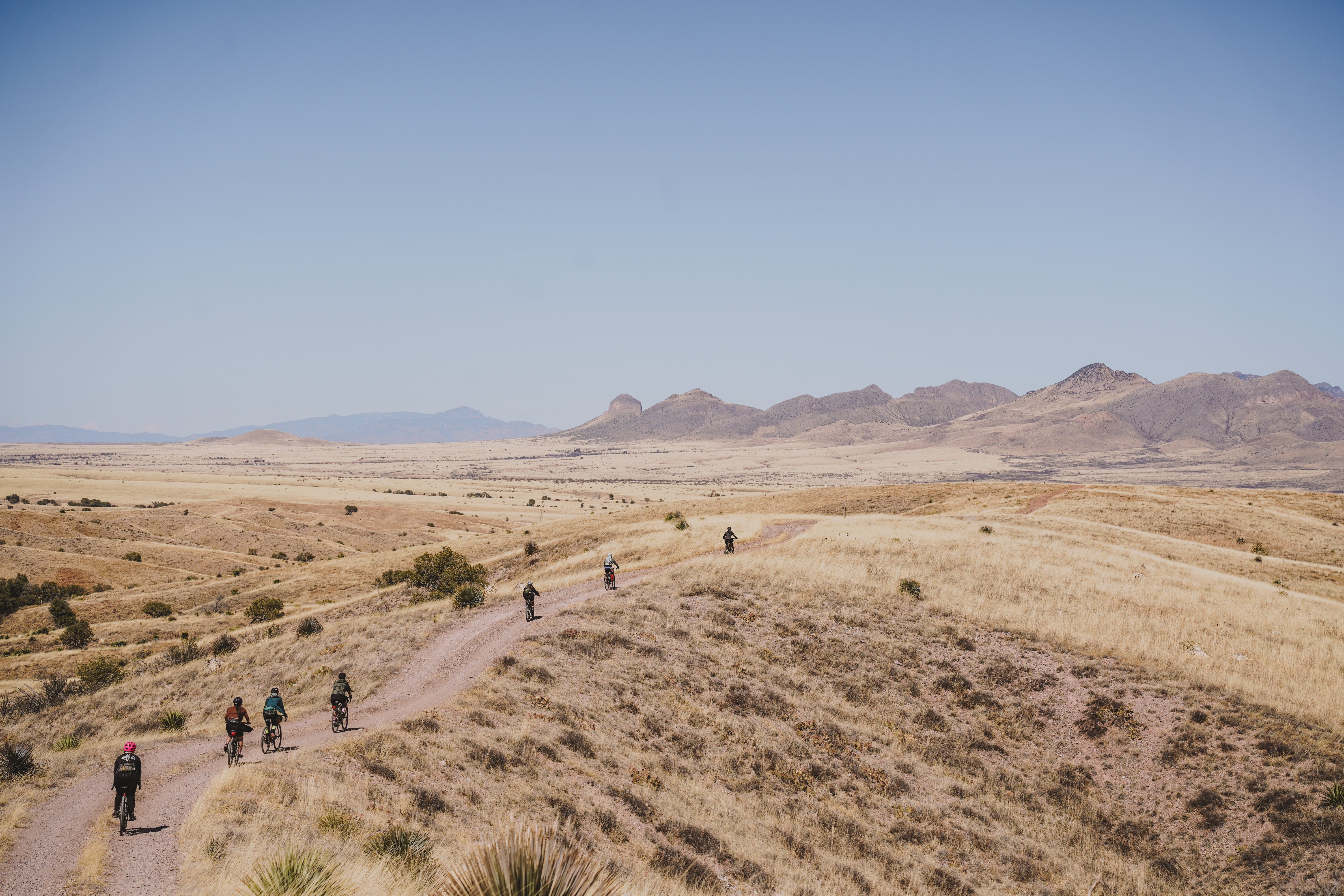
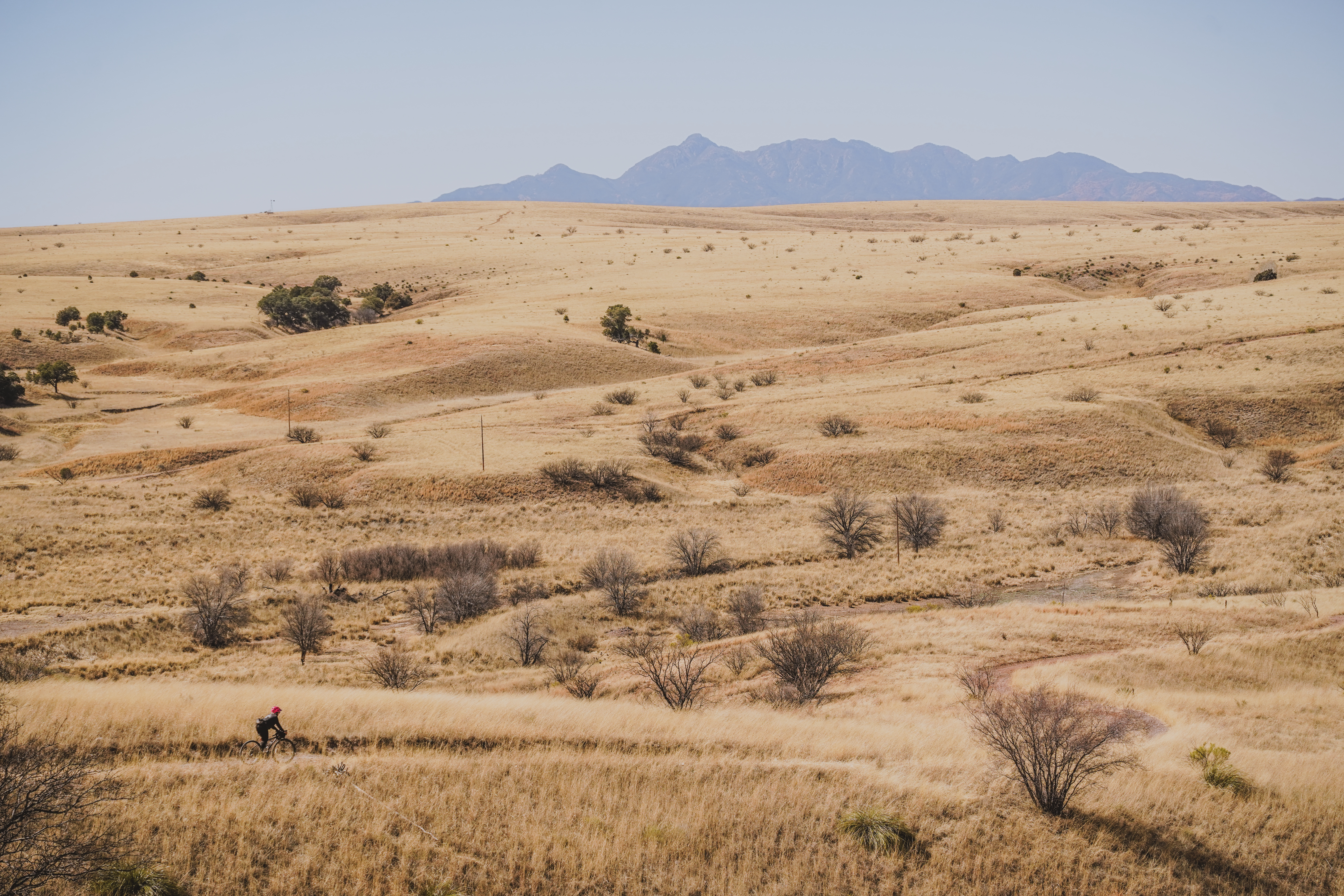
TILL NEXT TIME!
Ruta del Jefe is an exemplary event, which besides being impeccably organized by Sarah and her excellent group of volunteers, fuses activism with cycling in a beautiful way. The routes take us through a territory from which situation and issues we learned the previous night, but pushed by the optimism of knowing that something can and is being done about it. The focus on the adventure aspect of cycling over the competitive one makes the attendees come with an intention beyond just riding the longest distance in the shortest time, although one can choose to do so if desired. It’s definitely an event from which we left making a promise to the air of coming back the next year.






